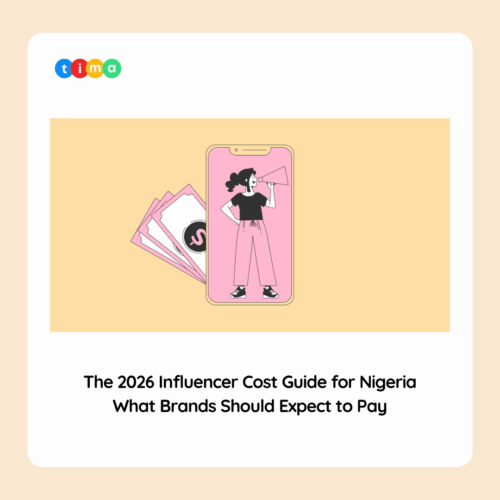Regardless of the size of the brand—new or established—video marketing has become a critical tool. Given that 239 million Americans watch YouTube content and 96% of consumers use videos to learn more about goods or services, it is obvious that using YouTube for marketing purposes is essential.
But launching a YouTube marketing campaign involves more than just throwing up videos and crossing your fingers. Brands must avoid possible pitfalls in order to fully leverage the power of video content. Here are five typical YouTube marketing mistakes that companies should stay away from in order to succeed online.
1. Failing to Establish the Correct Balance Between Content and Advertising
Brands frequently make the mistake of prioritizing content promotion above offering their audience real value when it comes to YouTube. Though they have their place, YouTube users are astute and look for material that enhances their experience rather than openly endorsing a brand or service.
The core values of YouTube are genuine connection-making and meaningful engagement-based brand equity creation. Because of this, brands ought to give special attention to producing content that serves their audience in a concrete way, speaks to their interests, and positions the company as an authority in its field.
Key Takeaway: Prioritize content that adds value and encourages true involvement with your audience. Strike a mix between promotional content and content that is entertaining, educational, or inspirational. By doing so, you can build a loyal audience and improve your brand’s position on YouTube.
2. Neglecting Measurement and Analysis of Video Performance
Another typical mistake that brands make is failing to assess the effectiveness of their video marketing campaigns. While measures such as views and social likes can provide some insight, they frequently fail to indicate the full impact of videos on corporate objectives.
To assess the effectiveness of YouTube campaigns, marketers should use YouTube analytics to gain useful insights into audience behavior, evaluate performance metrics like view time and retention rates, spot trends, calculate ROI, and improve their content strategy accordingly.
Key Takeaway: Use YouTube analytics to acquire actionable insights into your audience’s preferences and activity, evaluate video performance, and fine-tune your content strategy for improved outcomes.

3. Failing to include a direct call to action.
Every video should have a clear and appealing call-to-action (CTA) that encourages viewers to take the next step, such as visiting a website, making a purchase, or subscribing to a newsletter. A well-crafted CTA can greatly enhance conversions and encourage your audience to take the necessary actions.
Key Takeaway: Make sure each video has a clear CTA that reflects its purpose and aims. Tailor your CTAs to the platform on which the video will be posted, taking into account the normal user behavior on each.
4. Failing to moderate comments on YouTube content.
Failure to regulate comments on YouTube material can diminish the overall user experience and harm a brand’s reputation. Brands should carefully monitor and regulate comments to avoid spam and damaging remarks while also providing a positive and engaging experience for viewers.
Key Takeaway: Prioritize comment moderation to provide a nice watching experience and get meaningful input from your target audience. Respond to comments and address viewers’ concerns or queries.
5. Constantly Chasing Viral Video Success
Finally, marketers should avoid the temptation of always chasing viral video success. While viral films can get a lot of attention, they rarely lead to meaningful engagement or long-term brand commitment.
Key Takeaway: Create high-quality content that resonates with your target audience and is consistent with your brand’s beliefs and goals. Creating a dedicated audience with constant, original content is more valuable than achieving quick viral popularity.
In conclusion, avoiding these five common YouTube marketing mistakes can help brands maximize their success on the platform. By focusing on delivering value, analyzing performance, incorporating strong CTAs, moderating comments, and prioritizing quality over virality, brands can build a strong presence on YouTube and effectively engage with their audience.









